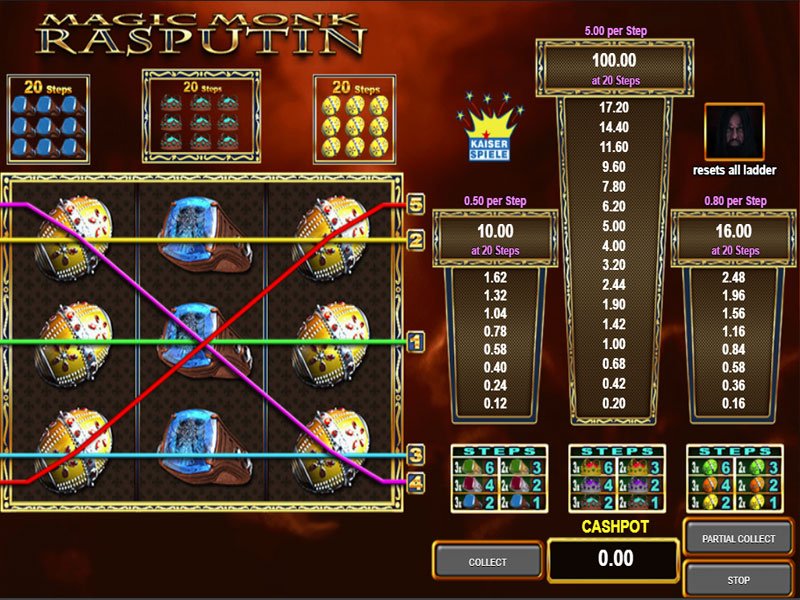Palace Cinemas showcases the very best in new movies, international and arthouse films, exclusive event screenings and cinema retrospectives, as well as our renowned cultural film festivals. Our cinema venues are uniquely eclectic, from heritage-listed art-deco darlings to sleek metropolitan theatres, all designed with sophisticated comfort and indulgence in mind. Our onsite bars and cafés offer curated wine lists and gourmet eats to gratify even the most discerning movie-goer . We provide an unparalleled movie-going experience, only made better by being a Palace Movie Club Member, where you’ll enjoy discounted savings, exclusive offers, complimentary tickets, and never-ending rewards. Great movies are made to be shared, the best are shared at Palace Cinemas.

- We have lost count of the number of articles written recently about a revival of interest in silent films, and their superiority in so many respects to the films of today.
- A shutter disk would be mounted on the same axis as the picture disk to have its holes coincide with pictures when turned with a hand-crank.
- A press demonstration on June 15, 1878 at Stanford’s stock farm in Palo Alto, California convinced everyone attending .
- Feel the sense of wonder as still images come to life, turning day to night, causing volcanoes to erupt, and conjuring faces to rise from anamorphic chaos.
- During the 1850s the first examples of instantaneous photography appeared, which further inspired hope for the possibilities of motion photography.
- This is an excellent compilation, which illuminates the visual media of the late 19th/early 20th centuries and illuminates what concerned society and how it chose to express that concern.
As always, we continue to range widely in our themes and interests, seeing silent cinema not just for its own sake but as a means to look out upon the world in general. “A view of life or survey of life” is how the dictionary defines the word ‘bioscope’ in its original use. The Bioscope always has a keen eye for new online research resources, and this was a year when portals that bring together several databases started to dominate the landscape. The single institution is no longer in a position to pronounce itself to be the repository of all knowledge; in the digital age we are seeing supra-institutional models emerging. Those we commented on included the Canadiana Discovery Portal, the UK research services Connected Histories and JISC Media Hub, UK film’s archives’ Search Your Film Archives, and the directory of world archives ArchiveGrid.
By placing images or objects on the revolving turntable, and then playing with assorted variations on the belén rueda sexy basic set-up, some extraordinary animations emerge. This is an excellent compilation, which illuminates the visual media of the late 19th/early 20th centuries and illuminates what concerned society and how it chose to express that concern. Like the best of the magic lantern and cinematograph shows, it imparts a strong impression upon the mind, teaching us of the sorrows of an age not so far away. However, many social reformers emphasised that it was instead a consequence of poverty. In their war against the ‘demon alcohol’, the Temperance Movement relied on the persuasive power of projected images.
Get Updates On All Things Movies
Franz von Uchatius developed two different phenakisticope-based projectors. An 1851 oil lamp version only managed to project weak six inch images. A later limelight variation was demonstrated to the Austrian Academy of Sciences in 1853, with plans to construct a similar apparatus with 100 lenses for 100 images to create a circa 30-second “moving tableau”. Von Uchatius showed little interest in commercial shows and seems to have only performed private screenings at his home.
Film Archives
You are given two options, “Coming Soon,” which displays upcoming movies with their release dates, synopsis and trailer , and “Now Showing,” which displays all of the titles available for instant viewing. Magic lantern slides and optical toys exhibited inside the Museum of Precinema. Photographic and film industries delivered glass slide sets and films in very large runs on a variety of themes relating to poverty. Regular Bioscopist Frank Kessler has kind sent me a listing of video on silent cinema and pre-cinema subjects which are available on the Cinémathèque Française website as part of its ‘Parlons cinéma‘ series.
Modern Silents
The interdisciplinary comparison will discuss the state of research on the motifs, production, dissemination, and reception of the projection media in the field of poor relief and social policy. Different methodological concepts will be introduced for researching the performative potential of existing scripts and artefacts . In addition, projects editing sources will be presented, and new processes for digitally reproducing and documenting historical sources and artefacts will be discussed. It is an online, interactive ‘poster’, entitled Audiovisual Heritage that provides a chronology of the historical development of the audio-visual media of cinema, photography, television, video and sound recording.
It has stereoscopic sets of a sequence of photographic images of a machine in action. No original viewing device has resurfaced, but parts of it are known from an illustration in an 1853 advertisement. Janssen presented the results to the Société Française de Photographie in 1875 – as still images, that is, not of course as a projected sequence, the technology for which was several years away from being invented. We can animate the sequence now, and all six seconds of it can be seen in the video above.
Cinemas
The stroboscopic disc was followed by other animation toys, such as the zoetrope , the flip book and the praxinoscope , before its basic principle became the foundation for the perceived motion in film. Between the 1840s and 1870s several abstract magic lantern effects were developed. This included the chromatrope which projected dazzling colorful geometrical patterns by rotating two painted glass discs in opposite directions. Very occasionally the camera obscura was thought of as an instrument for live projections of performances to entertain an audience inside a darkened room.
The collection has been gathered by Laura Minici Zotti, Venetian magic lantern enthusiast and Director of the Museum, who has been collecting since the 1970s. The principal subject is the magic lantern – an antique projection device used to entertain and educate audiences before the invention of the cinematograph. The collection includes original hand-painted glass projection slides and magic lanterns of many different types, such as the phantasmagoria magic lantern, magic lanterns for projection of dissolving views such as the W. Tyler bi-unial lantern and the mahogany tri-unial triple lantern (c.1880) invented and produced James Henry Steward, an English manufacturer considered to have produced magic lanterns of the finest quality.
Hereditary One Sided Long Sleeve Pre
It is a lantern which on the inside has cut-out silhouettes attached to a shaft with a paper vane impeller on top, rotated by heated air rising from a lamp. The silhouettes are projected on the thin paper sides of the lantern and appear to chase each other. Some versions showed more motion with the heads, feet or hands of figures connected with fine iron wire to an extra inner layer and triggered by a transversely connected iron wire. Other stars, such as the bombshell Harlow – who died tragically young after making many of the funniest comedies of the 1930s, plus Red-Headed Woman, a seriously tough melodrama laced with sardonic wit – didn’t have that class advantage.







